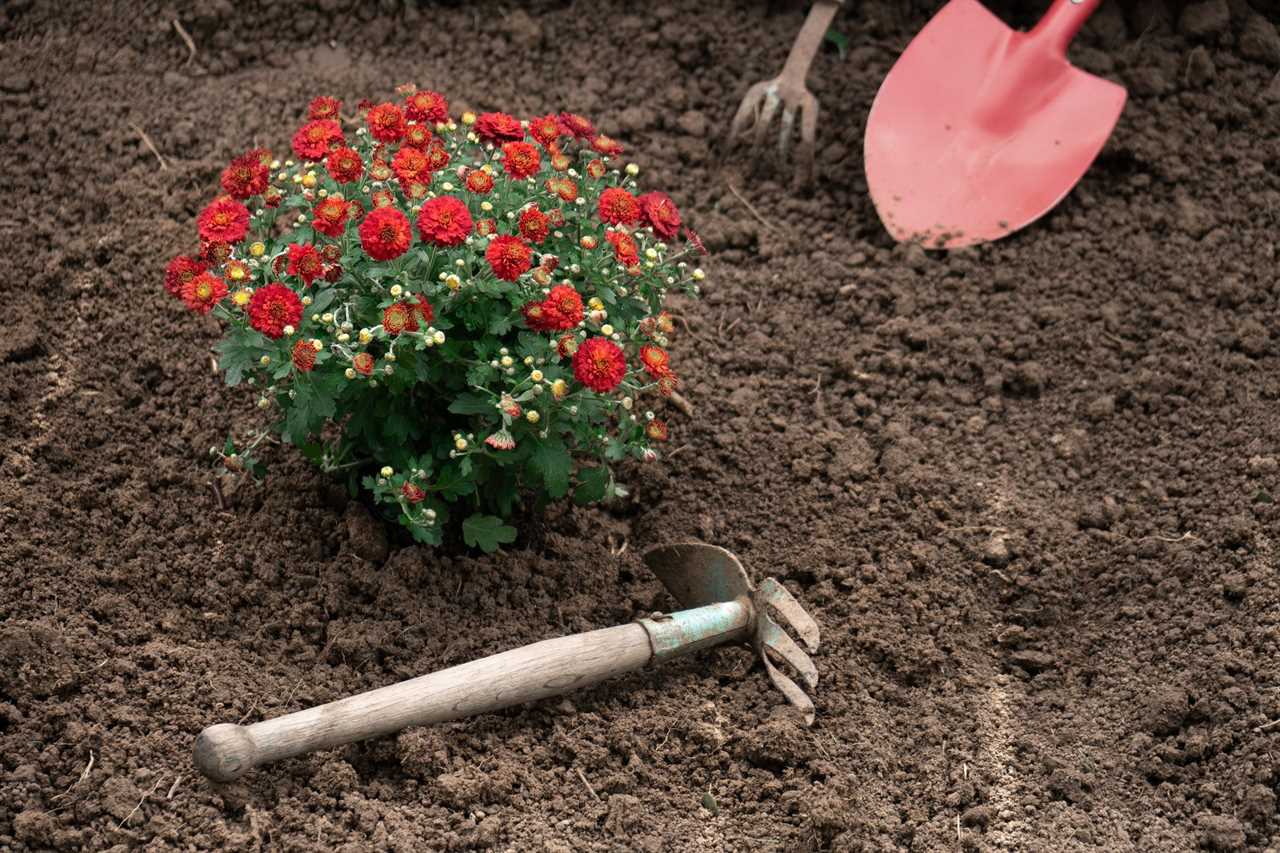I can never resist planting mums in the fall. My other flowers are fading, and here are these wonderful pops of color at the garden center. I usually end up buying a few mums for my front porch. Because I buy them when they are barely showing color, they are often still in full bloom on Halloween.
What Are Chrysanthemums?
Chrysanthemums are popular flowers that bloom late in the growing season. Most of these late-blooming chrysanthemums are referred to as “garden mums” because they can be planted in the garden as a perennial flower, generally hardy in USDA Plant Hardiness Zones 5 – 9. They are hardier than florist mums, which can be purchased in bloom year-round as a potted plant.
Types of Mums
The National Chrysanthemum Society lists 13 types of chrysanthemums on their website, but many of them are florist mums that most of us aren’t likely to grow in our own gardens. Hardy mums are the more typical variety, the kind sold in the fall at the local garden center. There are many different styles and colors to choose from.
One of my favorite types of mums is the Igloo Series, which is significantly hardier than many other mums. They are a good option for colder climates, especially USDA zones 3 – 4, but they’ll do well in USDA zones 5 to 9, too. Sometimes they are referred to by the genus name Dendranthema. But rest assured, they are chrysanthemums.
Another popular garden mum is ‘Sheffield Pink’ which has light apricot-pink flowers with gold centers. They can grow up to two feet tall and spread into large clumps. As an added bonus, butterflies love them.
When To Plant Chrysanthemums
While spring is the best time to plant mums as perennials in your garden, you often won’t find mums for sale until late summer or early fall. Fortunately, if you plant mums in the ground at least six weeks before frost hits your garden, they should have time to establish roots. Firmly planted roots will greatly increase the chances your mums will successfully overwinter and return in the spring.
You can also treat your mums as annuals and pot them up in containers to enjoy until the flowers fade.

How To Plant Mums
If you are planting your mums in containers:
- Carefully remove the mum plant from the pot it was growing in, being careful not to break off stems. Mum stems break off easily.
- Loosen up the root ball if the roots look root bound (all tightly growing together) and repot with new potting soil in a container that is larger than the container they were grown in.
- Water thoroughly and keep well-watered until the flowers have finished blooming. At that point, you can pull them out and compost them.
If you are planting your mums in the ground and want them to overwinter:
- Choose a sunny location with good drainage.
- Remove the mum from its pot and loosen up the root ball, then plant in a generously dug hole that is slightly larger than the root ball.
- Fill in around the mum with the soil dug out of the hole.
- Water thoroughly and keep well-watered until the mum has become established, which should take approximately six weeks.
When Do Mums Bloom?
Mums require shorter days and longer nights to form flower buds and will bloom sometime in the fall, from late August into September and October.
How To Care for Chrysanthemums
Mums in the ground require a bit of care to overwinter.
Watering
When first planted, provide the equivalent of an inch of water weekly, from rain or watering deeply several times a week. Once mums are established, they should not require additional watering.
Fertilizing
If you’re unsure how fertile your soil is, add a balanced fertilizer early in the spring when planting or when you see new green growth. Then give your mums another boost by fertilizing them in mid-summer. Mums planted in fall, in the ground or in containers, don’t need additional fertilizer when planted.
Pruning
To increase the number of blooms and produce a more compact plant, pinch back the tips of branches when new foliage is about four to six inches tall. Pinch back to the first set of leaves. You can do this pruning just once in late spring or, for an even fuller plant, pinch the tips of the stems back again after they’ve grown another four to six inches. Stop any pruning around July 1st or you’ll accidentally pinch off flower buds that are beginning to form.
Or, you can simply leave your mums alone. They’ll have a looser form and fewer flowers but will still add color in late summer and fall.
Overwintering
The later in the fall that you plant your mums in the garden, the less likely they will successfully overwinter. Plant as early as you can and once the ground is cold, cover the mums with mulch to keep the ground from thawing and re-freezing which may cause the shallow mum roots to heave out of the soil, where they’ll dry out. When you see the first signs of new growth coming up in the spring, remove the mulch and cut back the old foliage. If you see roots out of the ground, gently push them back into the soil.
Did you miss our previous article...
https://rsssuperfeeds.com/life-hacks/the-2022-best-firewood-racks






